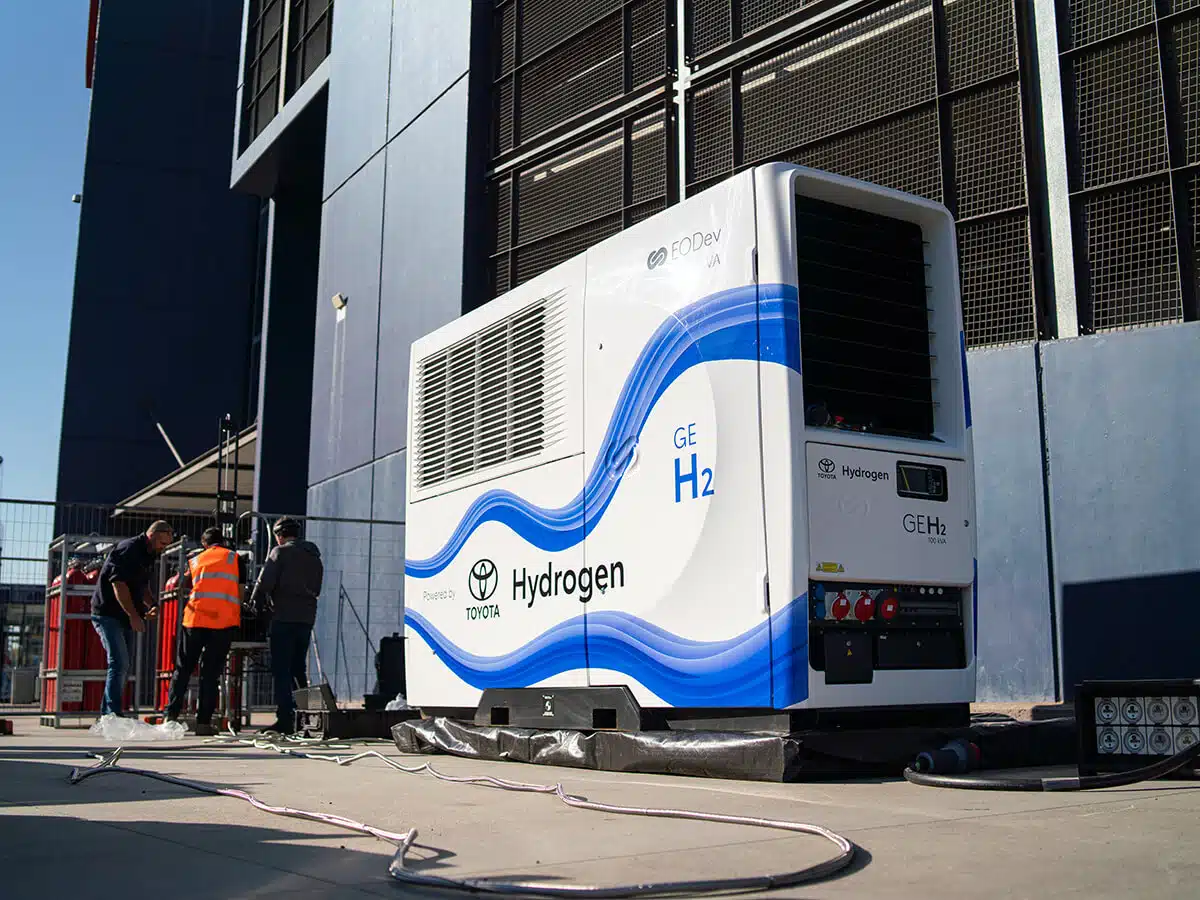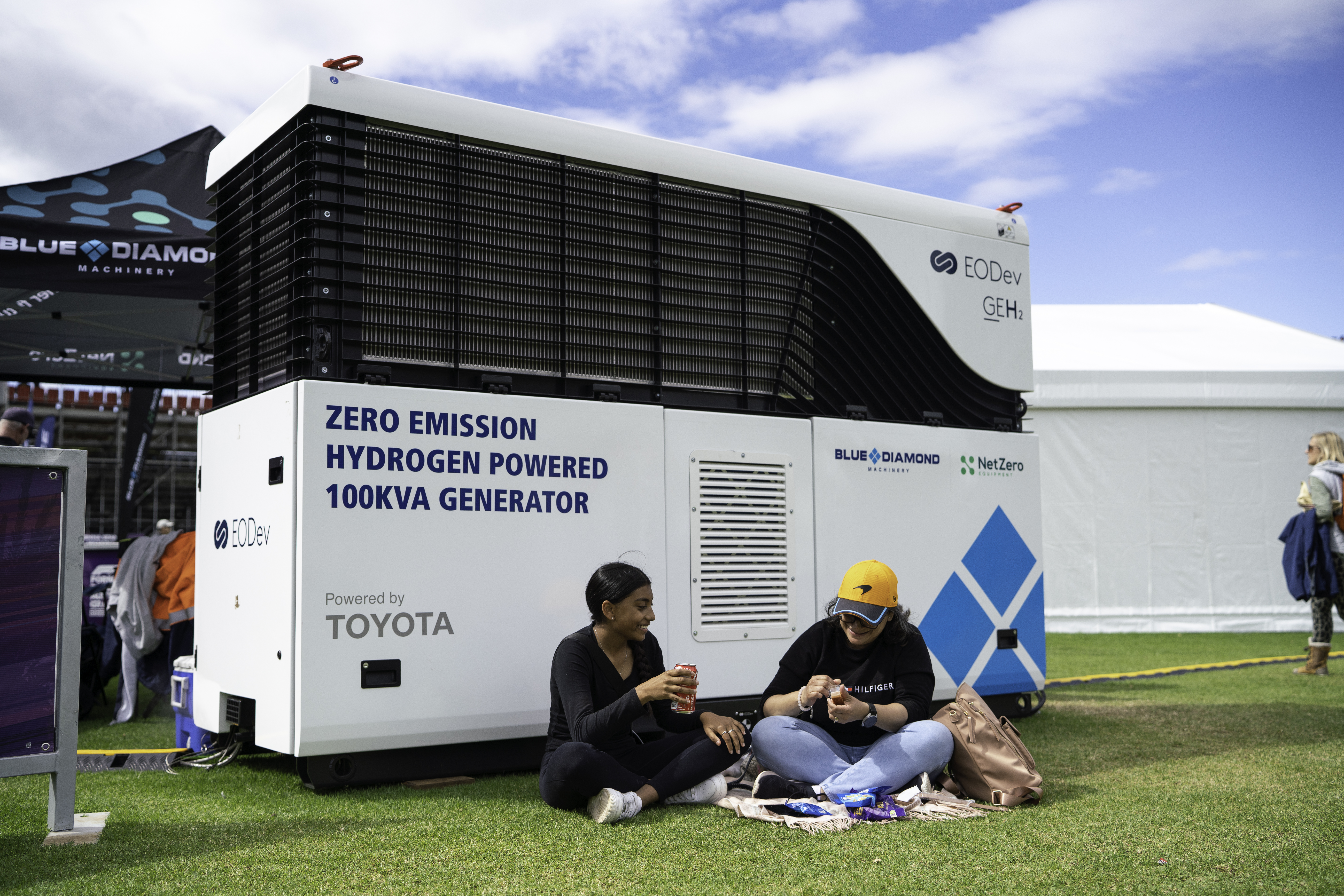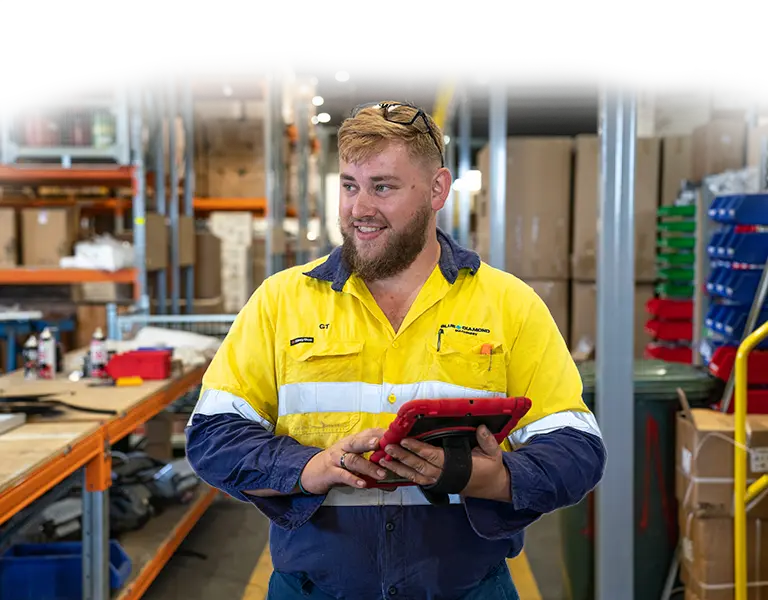The first of its kind, the GEH2 Hydrogen generator is the only generator that’s been packaged in a way that’s portable, robust and designed for use in rental, mining and construction industries.
Here, we’ll look at what the GEH2 is, how it works and its various use cases across industries.




